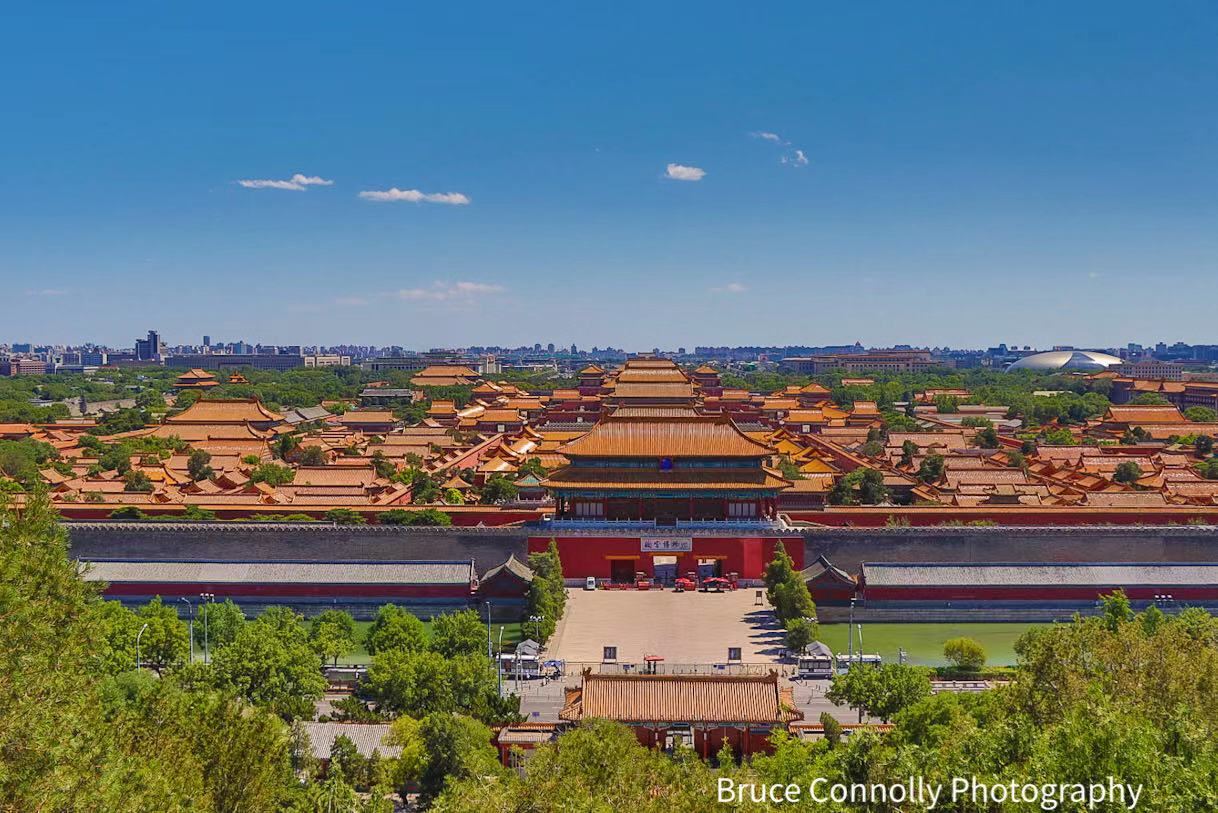


[Photo By Bruce Connolly]
A protection plan for Beijing's Central Axis was released last weekend ahead of its application to become a UNESCO (United Nations Educational, Scientific and Cultural Organization) World Heritage Site.
The plan, from 2022 to 2035, for the first time specified the heritage zone and buffer zone of the conservation area.
According to the plan, the heritage zone covers an area of about 5.9 square kilometers, including 15 heritage sites such as the Forbidden City and the Temple of Heaven. The buffer zone covers 45.4 square kilometers.
A local official with the office for cultural heritage application and protection said that the plan is necessary for Beijing's application for its Central Axis to be included in the UNESCO World Heritage Site list. The official also remarked that the plan marks a new step in the conservation work.
First created in the Yuan Dynasty (1271-1368), the Beijing Central Axis, or Zhongzhouxian, stretches 7.8 kilometers between the Yongdingmen Gate in the south of the city and the Drum Tower and Bell Tower in the north. Most of the major old-city buildings of Beijing sit along this axis.
The Beijing municipal government started preparation work for the world cultural heritage application of the Central Axis project in 2011. It was included in the preliminary list of China's world cultural heritage in 2012.